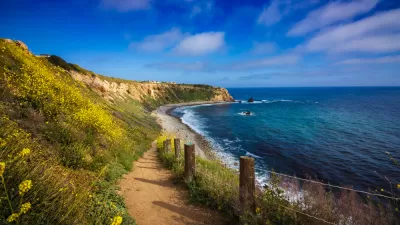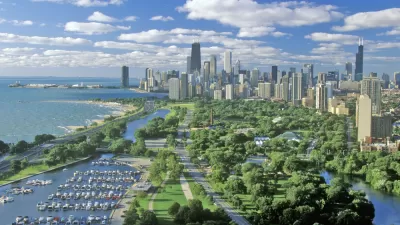Broadening our definition of parks to recognize their role in preventative health care and promotion will only expand our awareness on how important they are to good neighbourhood design.
How far of a walk is a park from you, from your home, work or school? Are there any significant obstacles in the way such as large parking lots or major intersections?
The standard in the literature suggests that a distance of 400m or a 5-minute walk to a park is ideal, which generally contributes to good neighbourhood design. In this are two qualities regarding our wellbeing: one, the ability to conveniently walk to a park and two, being in a park itself.
A park is often defined as a specific type of vegetated open space providing opportunities for organized and informal recreation from soccer to bird watching, along with having cultural and aesthetic value. The research is quite clear in indicating the correlation between recreation and physical health along with the social benefits of strengthening community bonds, environmental stewardship and youth development (see “The Health and Social Benefits of Recreation” [PDF], for further discussion).
The positive benefits of simply being in a park, or being able to see one from your window and our health, however, has tended to be anecdotal. More recently however there is growing empirical evidence recognizing this component of high quality parks.
Here are a few examples (see “Synopsis of 2010 Research Papers” [PDF], for details):
- Hospitals that provide visual access to nature see patient recovery time shortened, as well as lessening the amount of prescribed pain medications and fewer post-op complications.
- People that regularly observe well-vegetated areas have been shown to have improved cognitive function and concentration, along with better at impulse control. This tends to encompass an overall resilience to stressful life events.
- To counter the positive benefits, there is a correlation between low access to green areas and increases in ADHD, clinical depression, stress and anxiety.
- Neighbourhoods that have areas rich in vegetation have lower reported anxiety disorders among citizens. These settings also help induce a greater sense of reliance on community members thus decreasing loneliness and crime.
In this light, we can look at broadening the role or providing a more holistic definition of a park. Simply, as a component of our city fabric, they have a role in preventative health care and promotion.
Having access to and spending time in beautiful, healthy parks correlates with our overall wellbeing. They give us a sense of place, of meaning, imprint on our collective memory and are a fundamental structure in creating connections in both ourselves and our greater community. Broadening our definition of parks will only expand our awareness on how important they are to good neighbourhood design.
Steven Snell is a parks policy planner for the City of Calgary. You can contact him on Twitter: @stevenpsnell

Planetizen Federal Action Tracker
A weekly monitor of how Trump’s orders and actions are impacting planners and planning in America.

Maui's Vacation Rental Debate Turns Ugly
Verbal attacks, misinformation campaigns and fistfights plague a high-stakes debate to convert thousands of vacation rentals into long-term housing.

Restaurant Patios Were a Pandemic Win — Why Were They so Hard to Keep?
Social distancing requirements and changes in travel patterns prompted cities to pilot new uses for street and sidewalk space. Then it got complicated.

In California Battle of Housing vs. Environment, Housing Just Won
A new state law significantly limits the power of CEQA, an environmental review law that served as a powerful tool for blocking new development.

Boulder Eliminates Parking Minimums Citywide
Officials estimate the cost of building a single underground parking space at up to $100,000.

Orange County, Florida Adopts Largest US “Sprawl Repair” Code
The ‘Orange Code’ seeks to rectify decades of sprawl-inducing, car-oriented development.
Urban Design for Planners 1: Software Tools
This six-course series explores essential urban design concepts using open source software and equips planners with the tools they need to participate fully in the urban design process.
Planning for Universal Design
Learn the tools for implementing Universal Design in planning regulations.
Heyer Gruel & Associates PA
JM Goldson LLC
Custer County Colorado
City of Camden Redevelopment Agency
City of Astoria
Transportation Research & Education Center (TREC) at Portland State University
Jefferson Parish Government
Camden Redevelopment Agency
City of Claremont






























